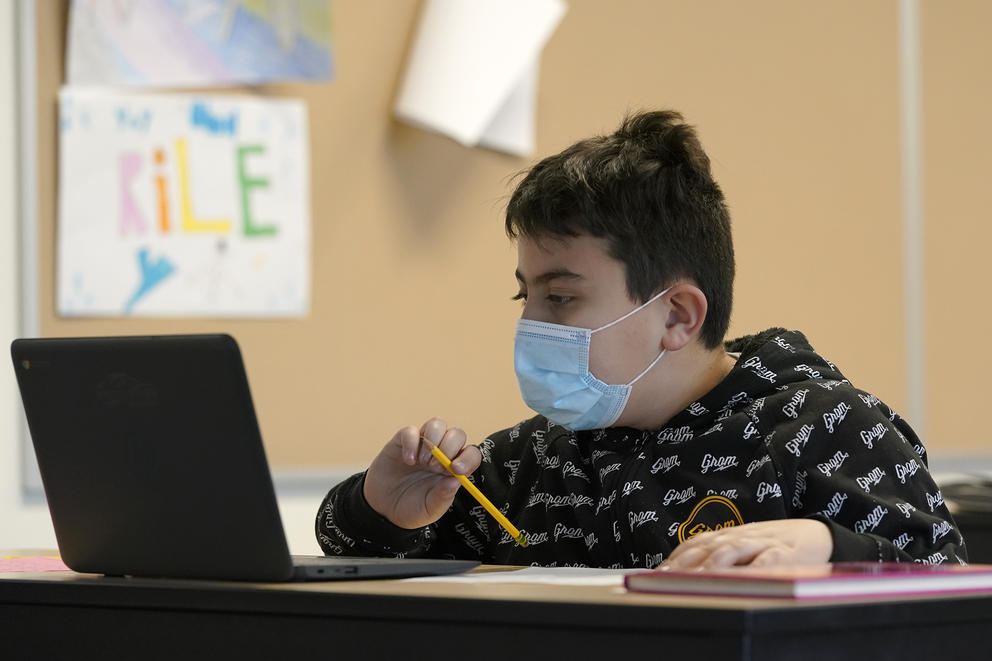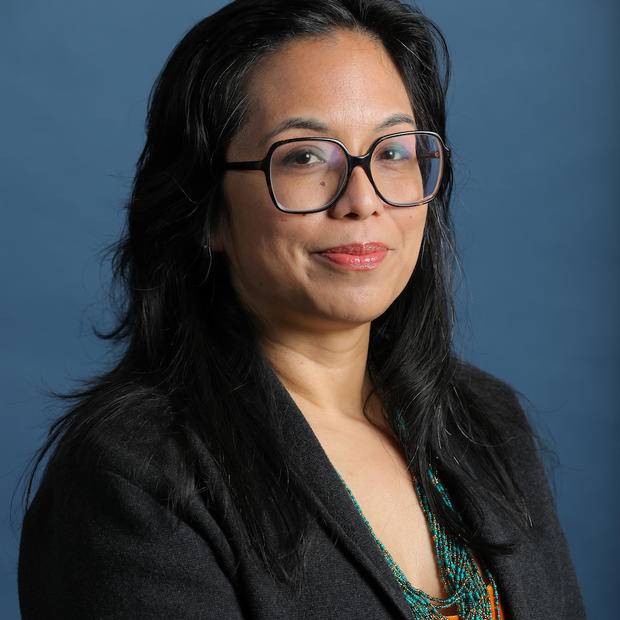Will students be required to get the vaccine?
The Pfizer-BioNTech COVID-19 vaccine has been available for children 12 and older since May, but, unlike other childhood vaccinations, including those for measles or whooping cough, it is not required for student attendance.
The Washington State Board of Health, which sets student vaccine requirements, has a committee that reviews vaccines that are fully licensed by the Food and Drug Administration and recommended by the Advisory Committee on Immunization Practices. The federal approval of the Pfizer vaccine for children 12 to 15 was an emergency authorization.
The FDA fully licensed the Pfizer vaccine for people 16 and older after the state Board of Health’s most recent meeting, and the state’s guidelines have not changed, according to a spokesperson.
The Los Angeles school district was the first in the nation to require vaccines for its students 12 and older.
However, there is a mandate in Washington state that students wear masks while attending class, as well as other guidelines, including physical distancing, ventilation and more to try to mitigate the risk of spreading COVID-19.
How are schools working to prevent outbreaks?
The Washington State Department of Health has issued guidance for how to prevent COVID-19 outbreaks with in-person learning, including requiring masks for everyone, allowing for 3 feet of distance between each student in the classroom and calling for upgrades of HVAC systems or opening windows more often to decrease circulation of indoor air. The state also requires all staff, teachers and school volunteers to be vaccinated.
According to the state, last year, before the delta variant was widespread, 310 schools experienced an outbreak, and 1,171 COVID-19 cases were associated with the schools. Unsurprisingly, most of the outbreaks occurred in April, after the state mandated a return to in-person classroom learning.
How are schools supposed to respond to outbreaks?
An outbreak response at a school will vary by the district. In May, the state Department of Health started the Learn to Return program, which brings in a specialist to work with each district on developing a COVID-19 testing program in case of an outbreak. Coronavirus testing could take place on campus or at a local testing facility, depending on the school’s situation. Many, but not all, state school districts have enrolled in the program.
How is the delta variant affecting children?
The delta variant is affecting more pediatric patients than previous variants, although the jury is still out about whether the illnesses are more severe.
The main risk of the delta variant appears to be its transmissibility, which could cause more children to be at risk for serious illness.
“The reason kids are more affected with the delta variant is likely because it is much more contagious than prior variants, and also children are the least vaccinated part of the population, so they are prime attack targets for the virus,” said Dr. Mary Fairchok, medical director of pediatric infectious diseases at Mary Bridge Children’s Hospital in Tacoma, through email.
Nationwide, hospitalizations of children up to age 17 now account for 25% of the new cases reported in the U.S., but that age group is still the least likely to be severely ill, she said.
According to the state, more than half of children ages 12 to 17 have been vaccinated for COVID-19, but that varies widely by county. In King County, more than 70% of that age group have begun the vaccination process, but other counties have vaccination rates as low as 20% in that age group..
What should you do if your child has been exposed or has symptoms?
Children have the same symptoms as adults: fever, cough, muscle aches, fatigue, sore throat and a runny nose or congestion, said Dr. Danielle M. Zerr, professor of pediatrics at Seattle Children’s.
Hospitals recommend that unless the child is having trouble breathing or has other severe symptoms, parents take their children to a local site to get tested for COVID-19, rather than go to the emergency department for testing. Many of the testing sites don’t require an appointment, are drive-thrus and don’t charge for testing.
How is the state monitoring compliance with the mandates on staff vaccines and masks for students?
Superintendent of Public Instruction Chris Reykdal announced this summer that districts that don’t enforce the state’s COVID-19 mandates for masks for all and vaccines for staff would be in violation of state law, risking their state funding.
To enforce the vaccine mandate, the state will collect data from school districts on the number and percentages of their employees who have provided proof of full vaccination or who have obtained a medical or religious exemption, OSPI spokesperson Katy Payne said in an email.
Why don’t all Washington districts offer remote learning? Can I still enroll my student in a remote school?
Starting in April, Washington schools were required to offer in-person learning to all students after many districts had spent 12 months with remote learning.
Districts were not required to continue to offer remote learning for the 2021-22 school year. Many of them discontinued virtual learning at some or every grade level, citing a lack of family interest.
However, for a family now seeking that alternative, it’s not too late to enroll in a public virtual school, although a family may have to request a transfer outside of their district. Most public virtual schools offered in Washington state are run by for-profit companies that have contracts with school districts. But because they are public schools, they are offered tuition-free for families.
If I want to pull my child out of school and home school this year, how do I do that?
Some parents might be thinking of home school — that is, becoming the main instructors of their child’s academic subjects — as an alternative to in-person learning. The state Office of Superintendent of Public Instruction requires parents who want to home-school their children to file a form within two weeks of the start of the semester or quarter. The OSPI has a page full of resources on home-schooling, including how to measure a student’s academic progress at home, how much supervision a parent who is teaching would need and the family’s record-keeping responsibilities if a student returns to a more traditional public or private school.



